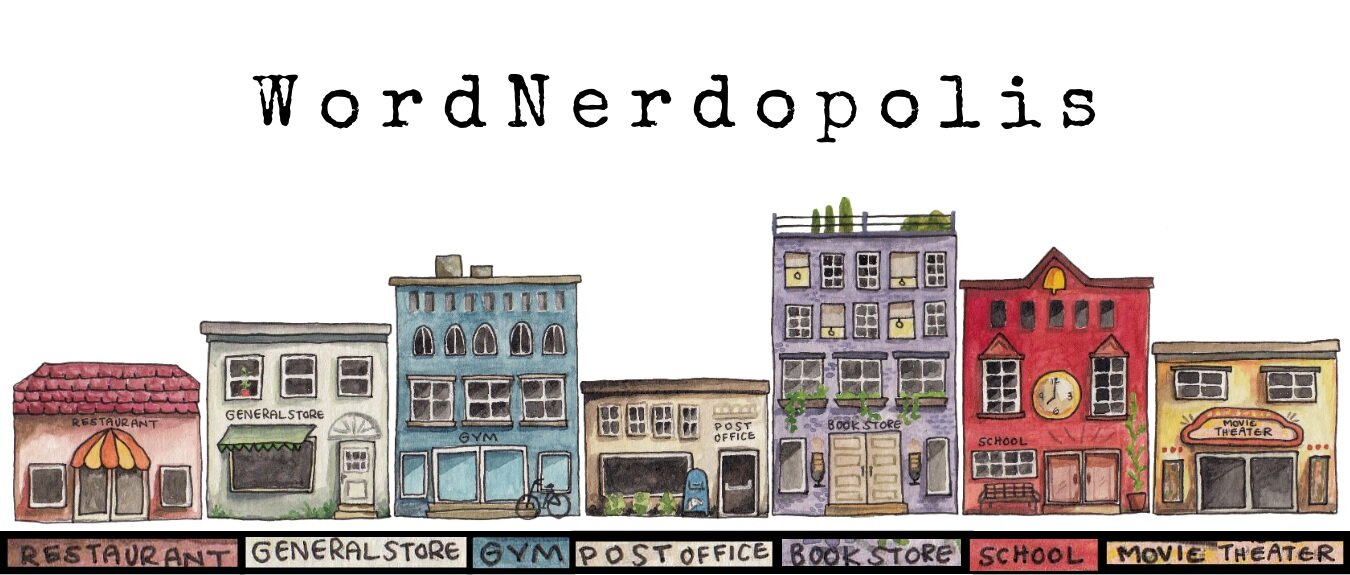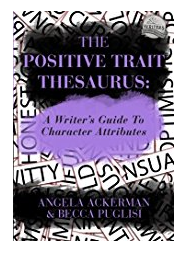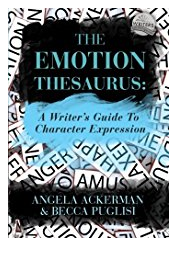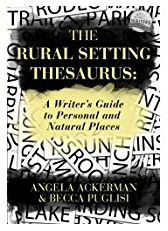Secrets to Character Creation...and a FREE BOOK!
A fellow writer (Hi Alex!) asked me an interesting question. What would make a character exceptionally loyal? I mean, loyal past the point of logic. Loyal even when they probably shouldn’t be.
Hmmm. Good question. Good, because it would require some thought, and thought is a great activity for the creative brain. Good, because the answer to this question would make her story so much better. Even if this information doesn’t make it into Alex’s final manuscript in an extensively detailed backstory moment, the knowledge of why her character acts the way he or she does will positively impact this character’s creation as a whole. Good, because knowing why your character is the way they are will help you make crystal clear and specific choices about the decisions the character makes. Clear as mud? Great, let me explain.
A character is loyal. Why?
Maybe…
He never had a solid parental figure. Never had any boundaries. So once he encounters anyone who gives him attention, a place to belong with a role to play, rules to follow if he wants to stay “in”, he’s willing to do just about anything not to lose it.
Maybe…
He was stabbed in the back by a best friend in high school and vows to himself he will never, ever betray anyone. EVER. No matter the cost he will always be loyal, because he is a man of moral fiber. It doesn’t matter that his boss asks him to do questionable activities because his loyalty discounts all of those bad deeds.
Maybe, maybe, maybe… I list as many maybes as I can think of. Listing one option simply won’t do. The first option isn’t the right one because you thought of it first. It’s simply the first one you thought of. Often, the first explanation or solution to any question is the easiest, the most cliche. I challenge you to go further, push farther. If you can’t think of any GOOD options, make a list of bad ones. Priming the pump of thought might push you in the right direction… eventually.
When I run out of maybes for Alex I turn to one of my favorite resources: The Positive Trait Thesaurus by Angela Ackerman and Becca Puglisi. This book deeply examines almost 100 positive character traits. For each character trait Angela and Becca list: similar attributes, possible causes, associated behaviors, associated thoughts, associated emotions, positive aspects, negative aspects, examples from literature/film, traits in supporting characters that may cause conflict and challenging scenarios for the character. Holy hotbed of helpfulness!
For example, here is what the authors have to say about being LOYAL.
I asked Alex to look through these pages and she identified coming from a strict military background, and a fear of retribution as probable explanations to her character's loyalty. She also identified that the following behaviors would be a good match for her character: talking incessantly about the object of their loyalty, striving to make oneself more visible to the object of loyalty, putting the object’s needs and desires over their own, believing the best of the object of their loyalty, and dismissing negative things others say about the object of their loyalty. Match these choices up with one of our aforementioned “maybes” and we have a realistic character backstory and personality.
My personal favorite part of this guidebook is the examples from literature and film. For example, loyal characters from books/movies include: Forrest Gump, Rubeus Hagrid (Harry Potter), and Sam Gamgee (Lord of the Rings). I can take these suggestions to YouTube and watch quick clips of the characters they mention and analyze their behaviors, facial expressions, and grounding actions for myself, and then mix up an interesting cocktail of those attributes for my own character.
The Positive Trait Thesaurus is one book in a series of three that help you delve into character motivations. The Negative Trait Thesaurus and The Emotion Thesaurus round out the character resource trio. It is amazing how you can pair up two books to really get an interesting cross section of a character’s personality. For example, I looked up EAGERNESS in the emotion thesaurus and discovered a slew of physical signals and internal sensations that would be excellent additions to Alex’s obsessively loyal character.
The authors of these fine resources also recently created The Urban and Rural Setting Thesauruses. According to the description on Amazon, these beautiful books give us:
A list of the sights, smells, tastes, textures, and sounds for over 100 urban/rural settings.
Possible sources of conflict for each location to help you brainstorm ways to naturally complicate matters for your characters
Advice on the many effective ways to build mood, helping you steer both the character’s and readers’ emotions in every scene
Information on how the setting directly influences the plot by acting as a tuning fork for what a character needs most and by testing his dedication to his goals
A tutorial on figurative language and how different descriptive techniques can bring settings alive for readers while conveying a symbolic message or deeper meaning
A review of the challenges that arise when writing description, as well as special considerations that apply specifically to rural and personal settings
Let me tell you, they are already sitting and waiting patiently in my Amazon cart. Wouldn’t you love one? Tell you what, I’ll buy. :) For real. For each time you share this post on social media, I’ll enter you into a drawing. Then, next week Wednesday, I’ll announce the winner, back here on my blog. When you respond to this email with your screenshotted social media share, let me know which of the 5 thesauruses you want.
Final thoughts. Did you find this post helpful? Because I’m going to be doing this each and every day in the month of June. Story Seedlings (aka: 30 Scenes in 30 Days 2.0) is a closed online community of writers working through the beginning stages of novel writing. We will take the seed of an idea and through writing prompts, group critique, inspiration and encouragement grow it into something solid and strong. We will specifically cover the story elements of character, setting, conflict and dialogue. If you are interested… you can learn more about it here.
Alright, That’s enough for one Writing Wednesday by word nerds.
Until next time, happy writing!








